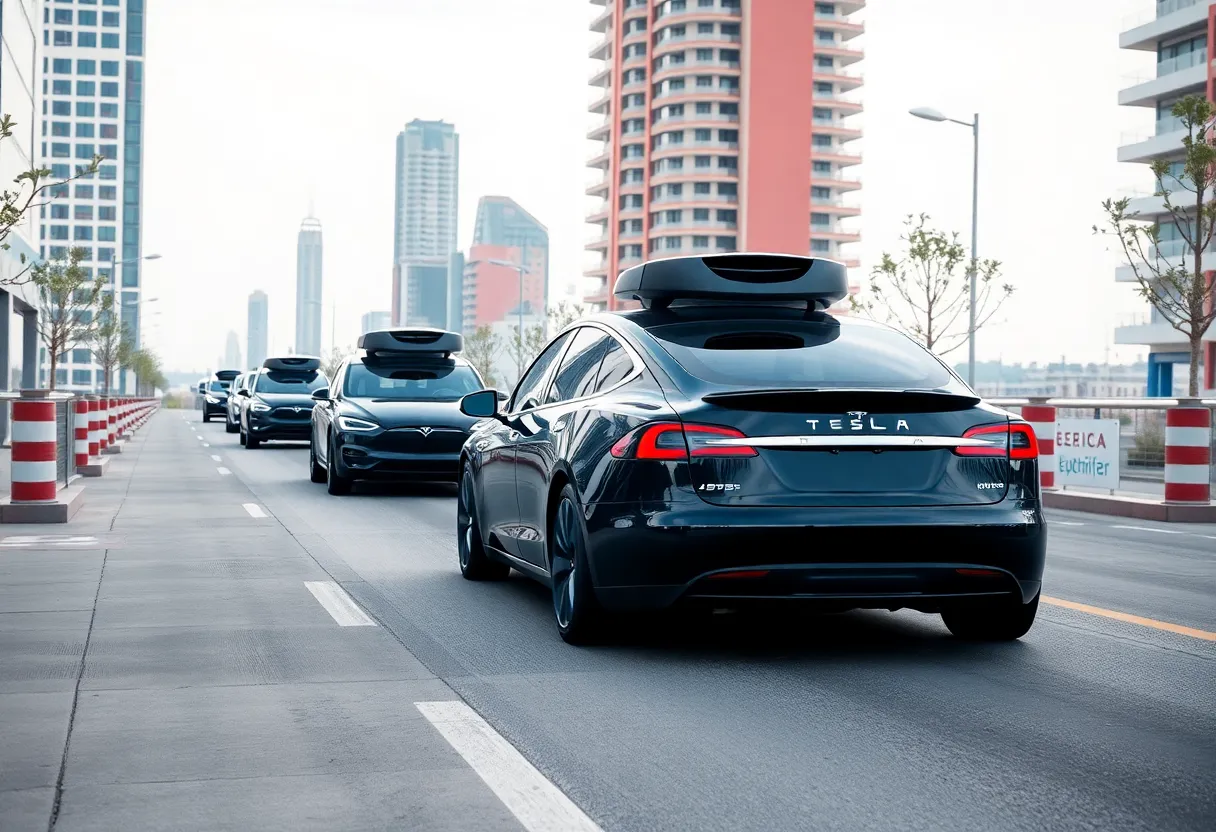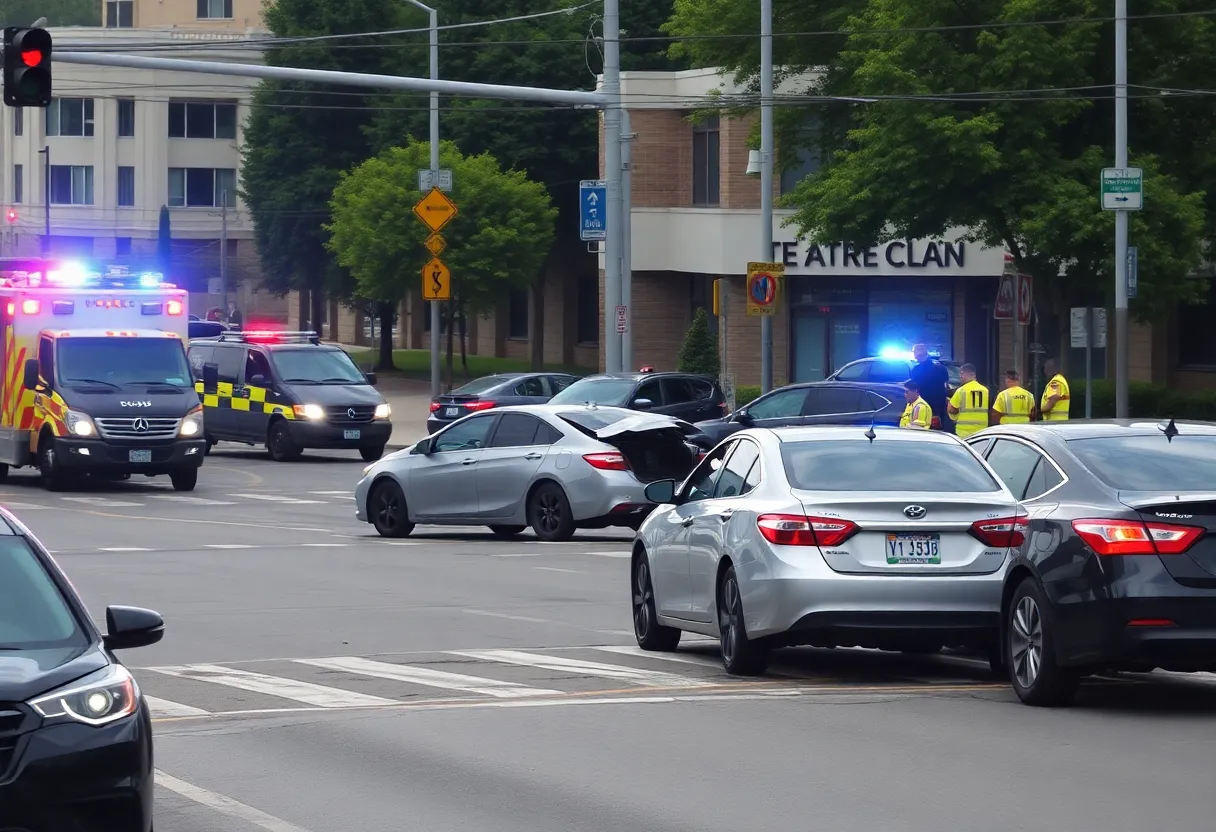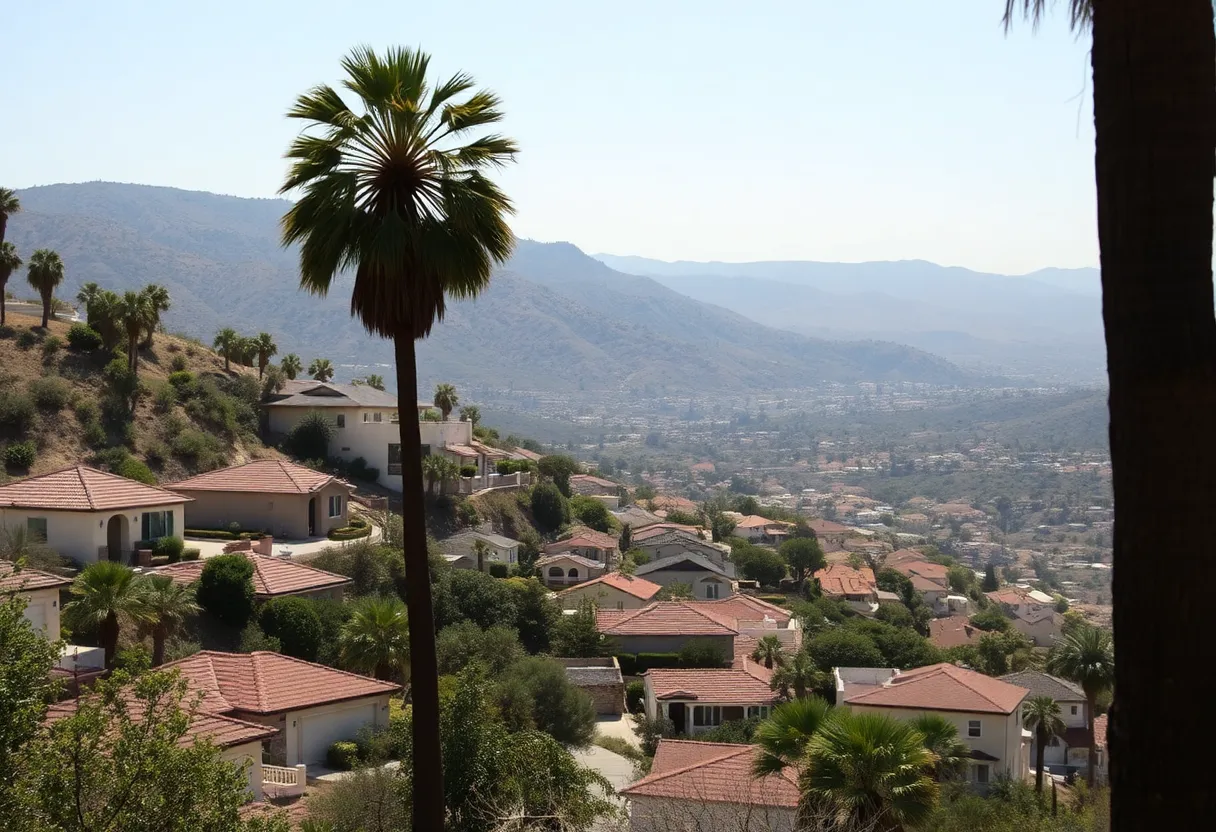News Summary
Tesla’s plans for launching a Robotaxi service in California have hit significant roadblocks. Despite CEO Elon Musk’s optimistic projections, internal documents reveal that the company’s current discussions with state regulators focus on a limited operational scope. Without the necessary permits for autonomous services, Tesla’s launch timeline appears increasingly uncertain, raising concerns among lawmakers about potential risks to public safety. Ongoing meetings with the California DMV underscore the need for regulatory compliance as Tesla navigates its ambitious plans for autonomous technology.
California’s Tesla Robotaxi Plans Meet Regulatory Challenges
Tesla’s aspirations for an expansive Robotaxi service in California have encountered significant obstacles as the company seeks to engage with state regulators under more cautious terms than previously projected by CEO Elon Musk. Despite Musk’s bold claims regarding the imminent launch of a ridesharing platform, internal documents reveal that Tesla’s current discussions with the California Department of Motor Vehicles (DMV) focus on a limited scope of operations.
Since the start of 2024, Tesla representatives have conducted at least five meetings with the DMV, specifically with Miguel Acosta, who oversees autonomous vehicles within the agency. These discussions have underscored Tesla’s need to navigate the existing framework of permits before any larger ambitions can be realized.
As it stands, Tesla does not hold the necessary permits to operate an autonomous services system in California, even with a safety driver present. This limitation was highlighted in the recent meeting events, as two further sessions with the DMV were scheduled for July. One of these meetings took place shortly before the DMV issued a public warning to Tesla regarding unauthorized service launches in the Bay Area.
Elon Musk’s Timeline vs. Regulatory Reality
Musk has consistently communicated optimistic timelines for the launch of the Robotaxi service, suggesting it could occur in “a month or two” in the Bay Area, with hopes of obtaining the required permissions by the end of the year. However, the term “Robotaxi” has notably been absent from official correspondences with regulators over the past year. Instead, Tesla’s legal counsel clarified that their proposals will not contain plans for unsupervised full self-driving operations in the state.
Permits and Potential Rollout Strategy
Currently, Tesla’s allowance is limited to a conventional ridesharing service exclusively for employee transport. The company’s phased strategy intends to begin with rides for employees, followed by close associates, before eventually incorporating the general public. This cautious rollout reflects a commitment to adhere to regulatory expectations.
Furthermore, Tesla has expressed sensitivity regarding regulatory concerns, noting that miscommunications have occurred due to statements made by unnamed employees. Musk’s public endorsements of Tesla’s self-driving technologies often precede formal discussions with the DMV, indicating a possible strategy designed to attract media attention. In response to feedback, Tesla has promptly managed narratives about its operations related to self-driving vehicles.
Regulatory Scrutiny and Legislative Concerns
The DMV has made it explicitly clear that Tesla is prohibited from using its current permits to transport the public, whether or not a driver is present or whether payment is exchanged. Communication between the company and the DMV regarding compliance with local laws has highlighted Tesla’s aim to expand services while remaining within the bounds of legal requirements.
Concerns have also been raised by California lawmakers, such as Assemblymember Catherine Stefani, regarding the potential for Tesla to hastily launch its services without adhering to regulatory frameworks, which could pose risks to public safety. There is a history of regulatory interventions concerning Tesla’s claims about self-driving technologies, reflecting ongoing scrutiny of the company’s operations and future intentions.
Conclusion: A Challenging Path Forward
Despite the innovative ambitions surrounding Tesla’s autonomous technology, the evolving regulatory landscape presents a complex challenge for the firm. With ongoing discussions focused on existing safety driver permits and operational tests, Tesla’s path to a fully operational Robotaxi service will require continued cooperation with regulators and an adherence to regulatory norms.
Deeper Dive: News & Info About This Topic
- Politico: Tesla Robotaxi Permit Problems
- Wikipedia: Tesla, Inc.
- Teslarati: Tesla Robotaxi Expansion
- Google Search: Tesla Robotaxi
- Business Insider: Tesla Robotaxi in Bay Area
- Encyclopedia Britannica: Self-Driving Car
- Reuters: Tesla Updates Robotaxi Users
- Google News: Tesla California Robotaxi
- CNBC: Tesla Plans Friends and Family Service
- ABC7 News: Tesla Robotaxi Service Plans
- The Verge: Elon Musk’s Tesla Robotaxi Plans

Author: STAFF HERE BEVERLY HILLS WRITER
The Beverly Hills Staff Writer represents the experienced team at HEREBeverlyHills.com, your go-to source for actionable local news and information in Beverly Hills, Los Angeles County, and beyond. Specializing in "news you can use," we cover essential topics like product reviews for personal and business needs, local business directories, politics, real estate trends, neighborhood insights, and state news affecting the area—with deep expertise drawn from years of dedicated reporting and strong community input, including local press releases and business updates. We deliver top reporting on high-value events such as the Rodeo Drive Concours d'Elegance, the Beverly Hills artSHOW, Concerts on Canon, and holiday celebrations throughout the city. Our coverage extends to key organizations like the Beverly Hills Chamber of Commerce and Visit Beverly Hills, plus leading businesses in luxury fashion, hospitality, and entertainment that drive the local economy. As part of the broader HERE network, including HERELosAngeles.com, HERESantaAna.com, HEREHuntingtonBeach.com, and HERECostaMesa.com, we provide comprehensive, credible insights into Southern California's dynamic landscape.





